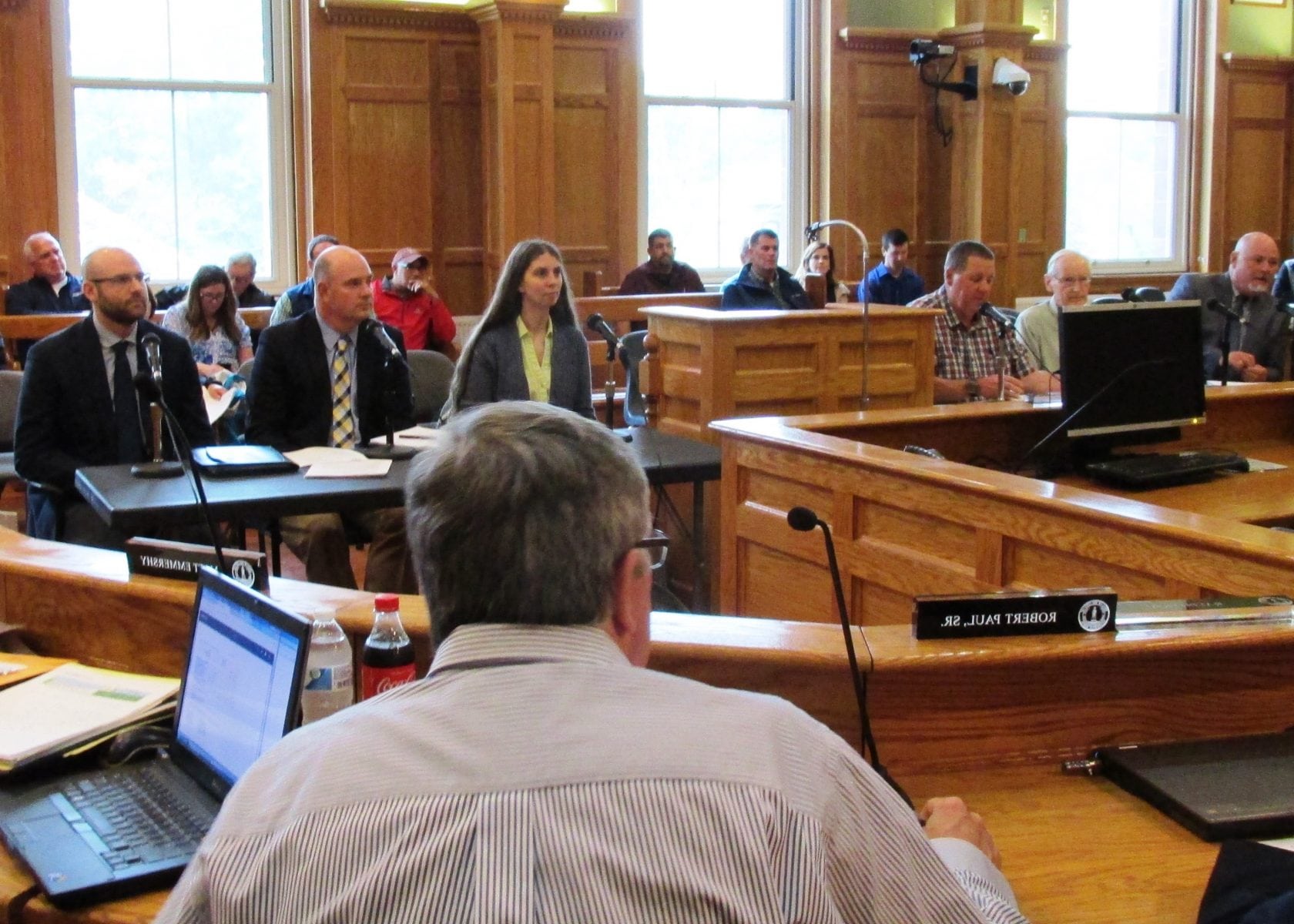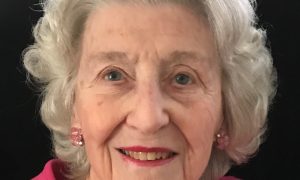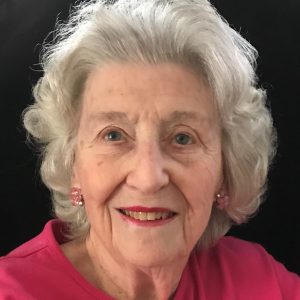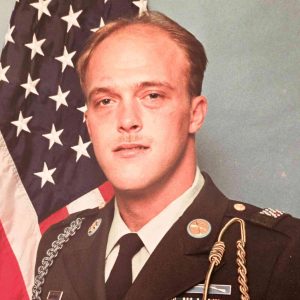WESTFIELD – After four hours of questions asked of and answered by an expert panel, first by a joint sub-committee of Zoning, Planning and Development and Legislative and Ordinance, and then by a Special City Council Meeting; the council tabled the first reading of the $13 million water filtration bond.
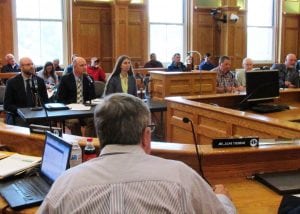
A panel of experts from Tighe & Bond, CDM Smith and the DPW answered questions from the City Council on Tuesday.
The expert panel included James Collins, principal engineer and Christopher C. Bone, vice president of Tighe & Bond; Timothy J. Dupuis of CDM Smith, Westfield Department of Public Works’ Director David Billips, Systems Engineer Heather Stayton, and retired Systems Engineer Charles “Woody” Darling. Mayor Brian P. Sullivan was also present for most of the joint sub-committee meeting, before having to leave for another commitment.
Before leaving, Mayor Sullivan read a letter of support for the city’s plans for the Massachusetts Department of Environmental Protection. The letter said that although PFAS (polyfluoroalkyl substances) are considered emerging contaminants, Granular Activated Carbon (GAC) is known to be effective in filtering for drinking water. It also stated that site-specific testing of Westfield’s water showed all PFAS compounds absorbed by the filters, and concluded with strong support of treatment plants at the affected wells.
Sullivan also read a statement of commitment that he wrote in response to a request by the City Council to use any compensation gained from the various lawsuits to provide relief to residents and for bond repayment.
At-large Councilor and ZPD chair David Flaherty ran the joint sub-committee meeting. Only the councilors on the sub-committees, which included Flaherty, Ward 5 Councilor Robert A. Paul, Sr. and Ward 4 Councilor Michael Burns on ZPD, and Ward 2 Councilor Ralph J. Figy, chair, Ward 6 Councilor William Onyski, and At-large Councilor Nicholas J. Morganelli, Jr. from the L&O were permitted to ask questions during the first meeting, although they had taken questions from all of the councilors.
The three categories of questions included the quality of water in Wells 7 and 8; analysis of options for alternative sources, and how the filtration of 7 and 8 would work. Flaherty began by asking for a brief history of the contamination and when it was first noticed.
Billips introduced Darling to the panel, listing his credentials and experience as an engineer and scientist, and his 25 years of experience overseeing Westfield’s water system. This began a trend with the entire panel listing their credentials while introducing themselves.
Darling, who began with the water department in 1991, said the DEP regularly tested Wells 7 and 8, which until recently was under recommended limits for PFAS. He said at the time when the DEP lowered its advisory level to 70 parts per trillion, Wells 7 and 8 were already offline.
Morganelli asked how many PFC’s the city tested for in recent bench scale testing. Billips said they tested for 38 compounds. Stayton said following that testing, they removed the compounds that were at non-detect levels and tested for 19, which she said is still more than the DEP advisory for five compounds, and the Environmental Protection Agency’s (EPA) recommendation of testing for two.
Morganelli continued with questions regarding testing, and at what level filters would be changed. He asked what the city’s standard would be. “I want to be sure they’re getting no chemicals into their bodies,” Morganelli said of the residents.
Billips responded to this question and several more throughout the evening that the city’s goal would be to have zero break-through of the compounds through the filters.
Tighe and Bond engineer Collins said the GAC filter is going to absorb the chemicals in the water. He said the city would monitor the water and test at different depths.
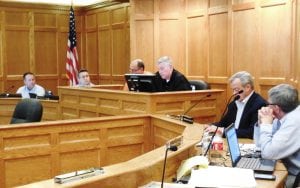
A joint sub-committee of ZPD and L&O ran the first part of the meeting.
Onyski asked how often the water would be tested. Billips said in the beginning, they would test more often for historical data. Stayton said they would work closely with the DEP on testing, which would be frequently the first year, and less frequently the second year, until “we’re satisfied, and they’re satisfied.”
Flaherty asked since the city has to send the water out to be tested, how long it takes to get test results back. Stayton said initially it took six weeks to two months, but now it’s down to 10 days to two weeks as more testing facilities go online.
Morganelli questioned why recent testing showed non-detect levels. Billips said they hire an outside firm to test. He said last year they did a test with the same results on Well 2 which DEP questioned, retested, and confirmed the same results.
Morganelli also asked what potential problems there could be with GAC filters. Collins responded that long chain compounds are more effectively filtered out, although short chain compounds are still removed. He said the filters have been effective on the compounds in the water.
Morganelli said considering it is a relatively new science, and that the EPA may be lowering levels, how can the city be treating it as though they have all the answers. Stayton said they are prepared for a changing environment, and that carbon vessels can have post-treatment or pre-treatment added on.
Billips also said that carbon filtration is not a new technology, and the city has been using it for almost 15 years. He and Stayton explained that it works through a chemical interaction, in which compounds bond to the carbon. Stayton said shorter chain compounds don’t miss the carbon, but they need enough time and enough carbon to stick.
Dupuis of CDM Smith, said his firm did the bench scale testing at the source of the water. He said it worked well, and he was confident in the GAC technology. He also said the proposed carbon vessels have redundancy built in, and could run in a series with an added measure of protection, or in parallel.
Flaherty also read a letter he received from Charles Schaefer of CDM Smith Bellevue Research & Testing Laboratory, which discussed Westfield’s testing, and said in part, “the small-chained compounds do not appear to be present at quantities even close to proposed health advisory levels.”
Bone, of Tighe & Bond said he designed the Shaker Road plant. He said the vessels themselves are in a steel pressure tank which can be expanded to add more vessels. He also said no water process is risk-free, but less possibility of break-through can be built in.
Bone also answered questions regarding a feasibility study of connecting to Holyoke for water from the Tighe-Carmody Reservoir in Southampton, which Holyoke is connected to through a 42” water main. He said previously two 20” water mains went through Westfield, one from 1992 and one from 1927.
Bone said he looked at the concept of what it would take to reconnect to Holyoke for two million gallons a day. He said Holyoke believes they have the capacity, and would be open to selling water to Westfield. He said the permitting process would require a multi-season pilot testing for the kind of treatment plant needed, and would take a year. Another one to two years would be needed for design and permitting, and one to two years for construction, at a minimum of four years.
Bone said there is also 1700 feet of pipe missing under the Home Depot Distribution Center, and would require 3000 new feet of pipe around it. Another question would be how many of the joints on the 100 year old pipe are leaking.
He said Westfield may get more water through Holyoke, but would have to fund any studies on reservoir capacity, and it would be more difficult and more expensive to operate. He estimated the cost to construct a water treatment plant and infrastructure, water meter to the reservoir and new pipe at Home Depot to be $12.5 million. He said slip lining one of the pipes for six miles, which may also prove necessary, would be another $7 million. He said the total overall cost with contingencies could be as high as $23 million, or “if everything went really well” $12 million.
Bone said there are pros and cons. Pro would be water free of PFC’s to the best of anyone’s knowledge, along with an additional source of water, which he called “a good thing.”
For cons, he said, “Any time you’re relying on another community, there’s risk there.” He also said the surface water contains micro-contaminants that would require disinfectant, primarily chlorine. “There are always contaminants in any water,” he added. In addition, Westfield would have to buy the water, which could cost $400,000 per year.
Also discussed were potential new well sites. Darling said the city had gone through the process for a new well, 9A, at Shaker Road, which did not get permitted. He said they did testing for the best location, constructed the well, did bump testing and submitted the environmental report. He said the city stopped after 3 years before permitting the well, because adding the well would have brought the city over its 6.1 million gallons per day allotment with the DEP, and change the city’s ability to control its water program.
Darling also said in the 1990’s they looked for potential well sites in the northwest of the city, and found only one at Root Road behind the conservation area. He said that well would have produced half a million gallons a day, which is low, and didn’t add anything. He said another potential site on Cabot Road was discounted because of its proximity to the Twiss Street landfill.
Before closing the joint sub-committee meeting, more questions were directed to DPW staff on the operation of the proposed treatment plants on Wells 7, 8,1 and 2.
Flaherty asked about the time line if the bond were to pass. Billips said the temporary filter on Wells 1 and 2 would be up in July. The permanent facility for Wells 7 and 8 would be completed in the first half of 2019, and the permanent facility for Wells 1 and 2 in 2020. Billips said the treatment plant for Wells 7 and 8 went out to bid and came in at $6 million.
“We consider this a permanent solution,” Billips said.
Flaherty closed the ZPD meeting, and moved it to L&O for a vote. Onyski made a motion for approval of the $13 million bond, which Figy seconded. The motion passed 2-1, with Figy and Onyski voting yes, and Morganelli voting no.
At the Special City Council meeting which followed, many more questions were addressed to the panel by councilors not permitted to speak during the joint sub-committee meeting.
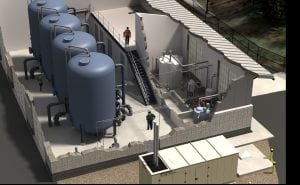
Rendering by CDM Smith of proposed treatment plant.
Ward 3 Councilor Andrew K. Surprise asked whether the 11-month estimate for change out of the carbon filters would be based on testing, and whether change out would be more frequent in the first filter. Dupuis said yes, if they were run in a series. If run in a parallel, change out would be alternated. He added that the estimate of needing to change filters at 11 months was a “worst case scenario.”
At-large Councilor Daniel Allie asked whether the containers themselves would be changed out, or just the material in them. Dupuis said the spent carbon would be sucked out, and new carbon added.
At-large Councilor Matthew Emmershy asked for a cost estimate of the carbon change out. Collins responded to change out one vessel would cost $8,000.
Ward 1 Councilor Mary Ann Babinski thanked everyone for coming, saying their answers reinforced what she has heard and read. She said she had invited Smith College professor Dr. Robert Newton, the resident expert on the Barnes Aquifer Protection Advisory Committee (BAPAC) to join them, but he had other commitments. Babinski said Newton had written that it would be well worth it to go forward with the treatment on Wells 7 and 8.
At-large Councilor Cindy C. Harris also thanked the panel for attending, and providing their well-educated expertise. She said the public will be assured that the City Council is doing the best they can.
City Council president John J. Beltrandi, III wrapped up the meeting at 9 p.m., after Figy declined to bring forward the recommendation from L&O for a first vote on the $13 million bond.

